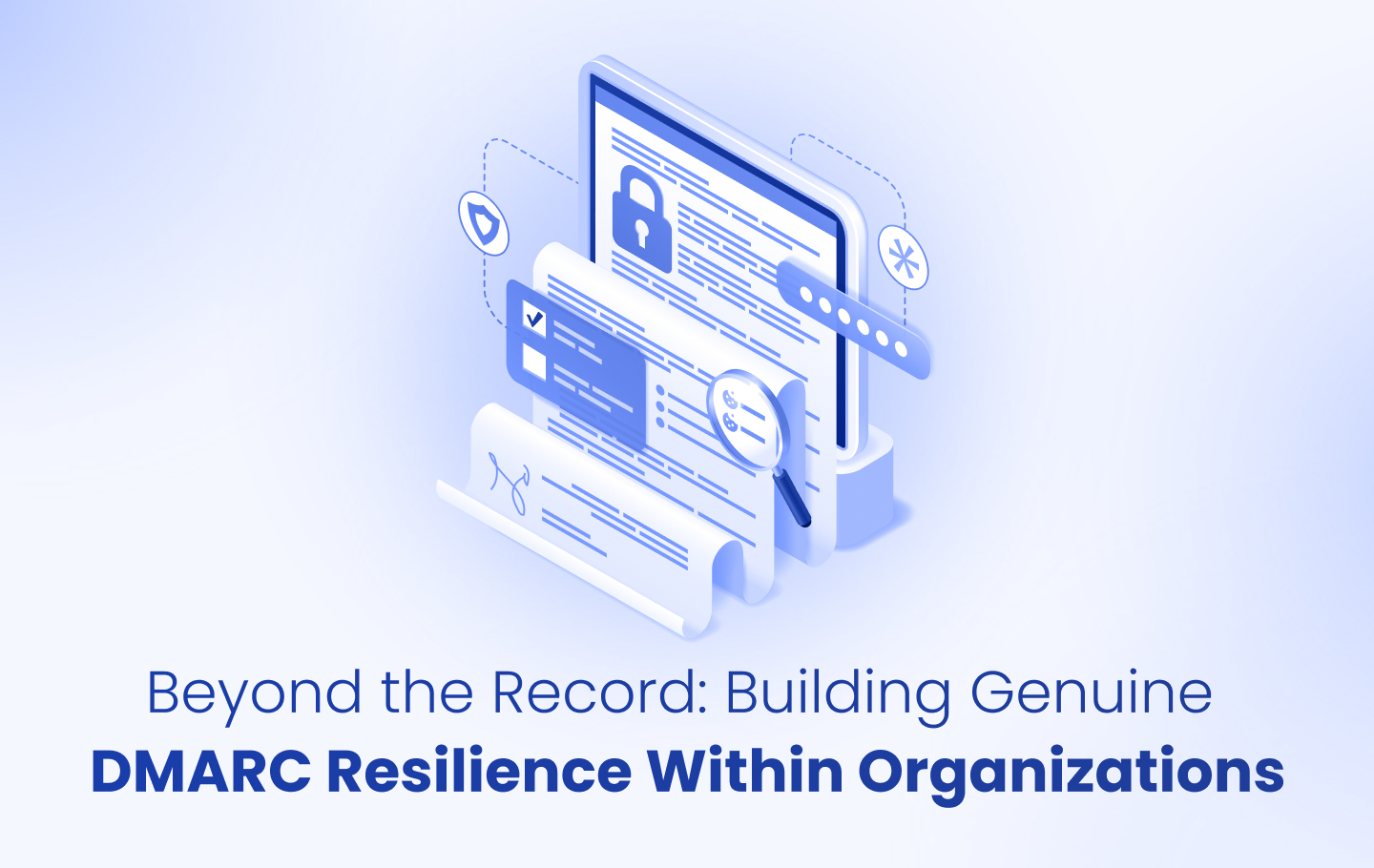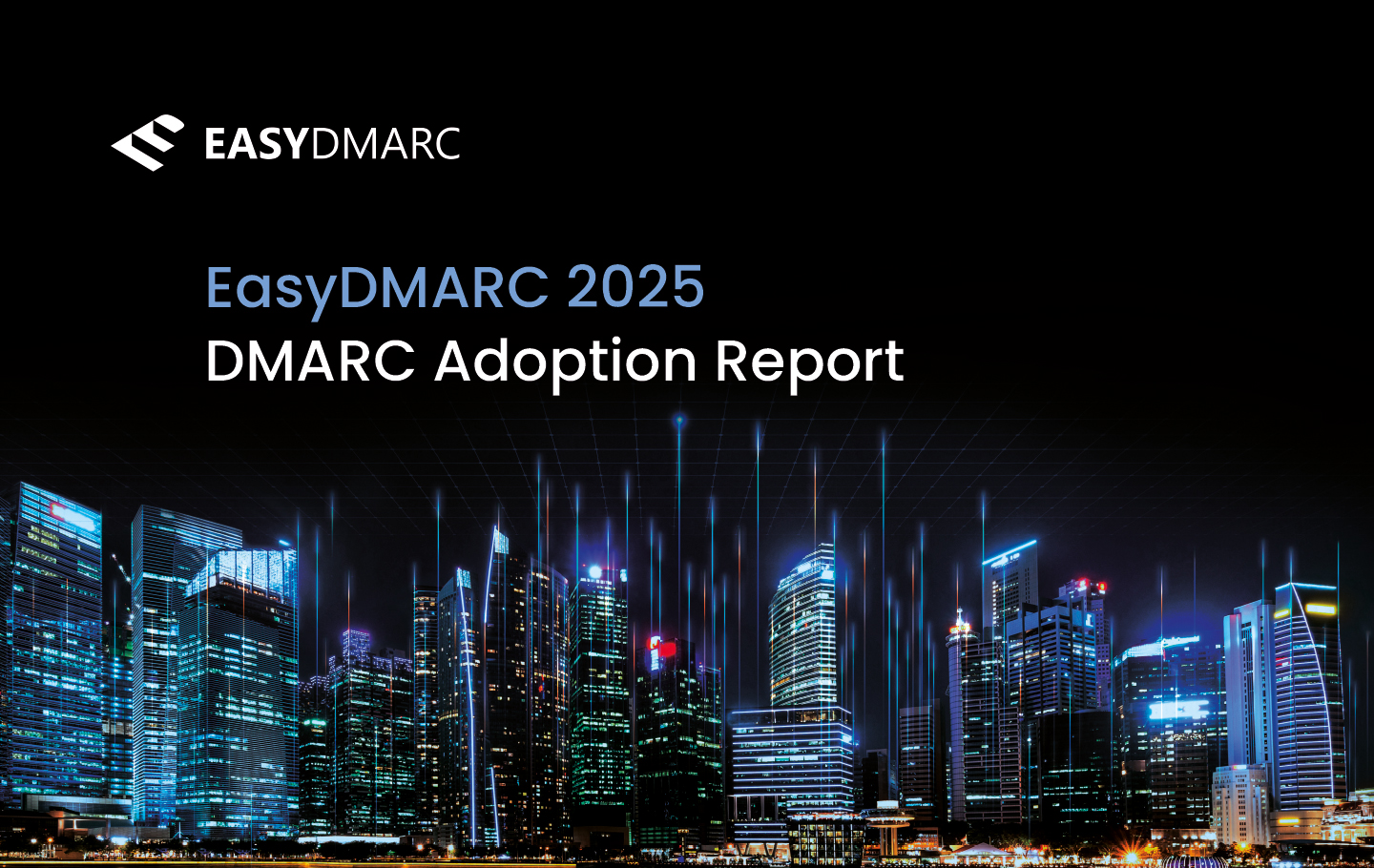While national mandates and industry standards are essential for enhancing email security, proper protection ultimately relies on actions taken within organizations. The EasyDMARC 2025 DMARC Adoption Report combines global data with insights from a survey of nearly 1,000 IT professionals in the United States, the United Kingdom, Canada, and the Netherlands, revealing how internal practices and existing gaps impact DMARC effectiveness.
These organizational insights are part of EasyDMARC’s broader 2025 research into global DMARC adoption. Our analysis of the top 1.8 million domains confirms the same trend seen within organizations: while awareness is growing, enforcement and proper reporting often lag behind. Bridging that gap requires more than publishing a record; it demands sustained, internal commitment from the organizations themselves.
The Reality: Rising Phishing Threats
In all four countries that we surveyed, the majority of IT professionals reported an increase in phishing and spoofing attacks over the past year. The US leads this trend, with 22.7% of organizations experiencing a significant rise in incidents, highlighting the evolving threat landscape.

DMARC Adoption: Progress Yet to Be Made
The survey indicates promising DMARC adoption rates, particularly in the U.S., where over 75% of organizations have implemented DMARC in some capacity, and 40.1% have fully enforced protective policies. The UK and Canada also show strong adoption driven by regulatory requirements, with 21.1% per each country respectively. However, the Netherlands lags behind with 18.4%, reflecting broader challenges in national policy, as noted in the section on national data in our report.

Mandates Are Helpful, But Internal Ownership Is Crucial
While external regulations and email provider requirements encourage DMARC adoption, they are insufficient on their own. Internal ownership by IT and security teams is vital for advancing DMARC from monitoring (p=none) to active protection (p=quarantine or p=reject). In the US, the combination of external pressure and internal commitment leads to the highest enforcement rates.
Reporting: A Missed Opportunity for Many
DMARC’s aggregate reporting (RUA) capabilities provide crucial visibility into domain abuse and authentication performance. However, awareness and active use of these reports vary significantly:
- The Netherlands trails behind, indicating broader awareness gaps.
- Over 75% of U.S. respondents utilize RUA reports.
- The UK and Canada exhibit more moderate engagement.

Without adequate reporting literacy, organizations risk losing the ability to monitor their domain’s security posture and detect emerging threats.This lack of visibility means issues like unauthorized email use or misconfigurations can go unnoticed, leaving organizations exposed to phishing and deliverability problems.
Recommendations for Organizations
- Strengthen Internal Ownership: IT and security teams should take the lead in enforcing DMARC, prioritizing it as a strategic security initiative.
- Promote Reporting Literacy: Training and awareness campaigns must highlight the importance of RUA reports for maintaining protection and responding effectively to threats.
- Align External and Internal Drivers: Organizations should integrate regulatory requirements with email provider policies and internal risk management strategies to bridge protection gaps.
Conclusion: True Protection Requires More Than Just a DMARC Record
Publishing a DMARC record is a positive step, but it is only the beginning. As phishing threats continue to escalate, organizations must adopt a comprehensive approach: enforce DMARC policies, utilize reporting tools, and establish internal ownership and accountability. Only then can they transform DMARC from a mere checkbox into a fundamental aspect of their email security strategy.


